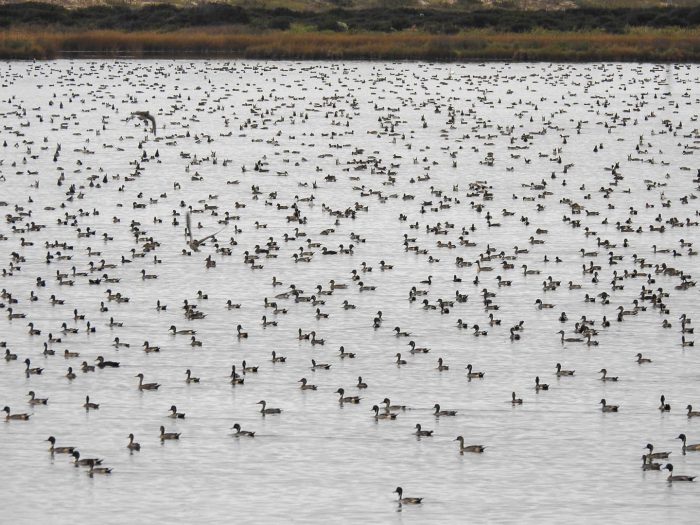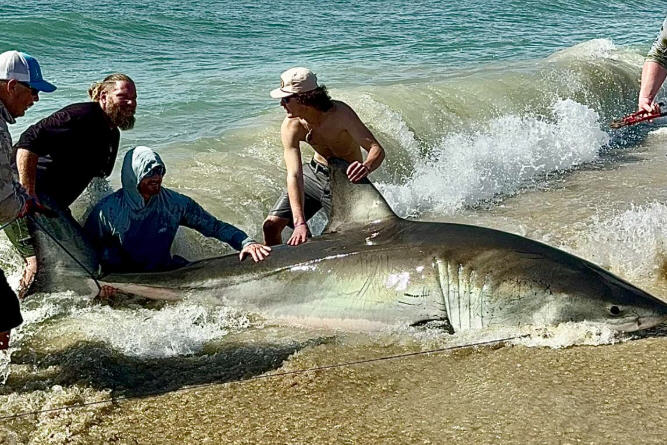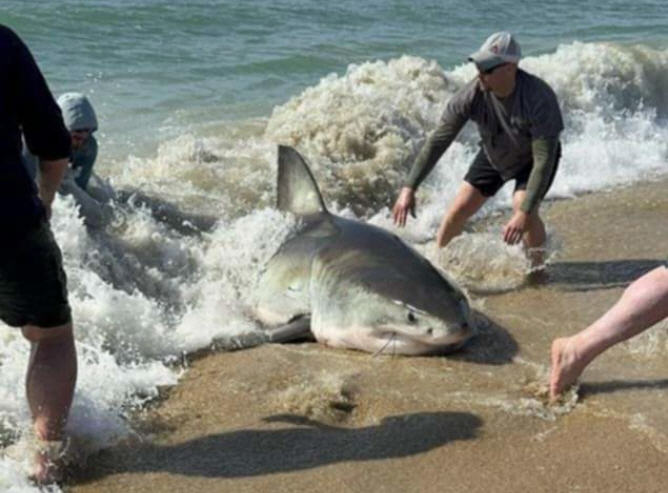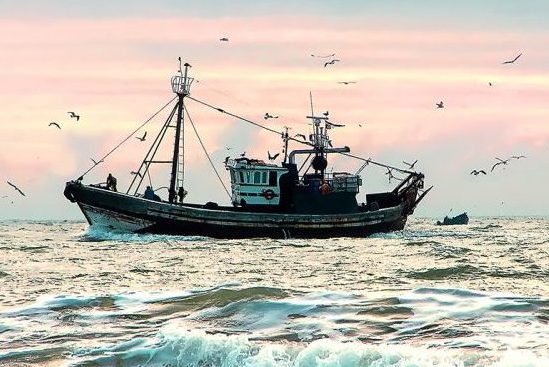It’s the off-season on the Outer Banks, and Pea Island is for the birds
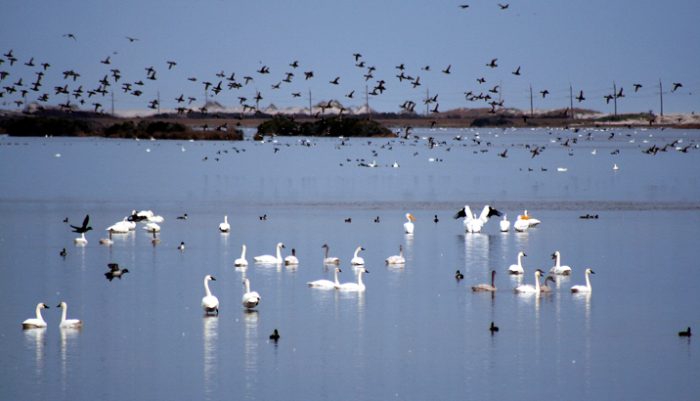
As the weather cools and the crowds start to taper off, there is one contingent of visitors who still frequent the Outer Banks in droves once the off-season is in full swing – the migrating birds at the Pea Island National Wildlife Refuge.
As a result, the rare human visitors who also make a trek to the barrier island shoreline in the winter months have a great opportunity to catch hundreds if not thousands of birds in their natural habitat, as they take over the landscape and provide the refuge with some of its best birding opportunities of the year.
“Wintering waterfowl numbers are steadily increasing at the refuges,” stated the United States Fish and Wildlife Service (USFWS) of North Carolina in a recent social media update. “Come out and look to see what has arrived!”
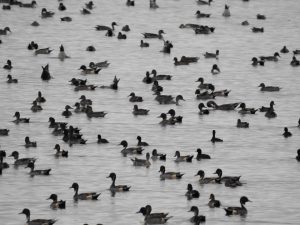
At approximately this time last year, more than 17,000 birds were spotted in the refuge’s impoundments in a week-long timeframe alone, and recent late-November sightings by Pea Island visitors include northern Pintails, tundra swans, ducks, geese, and even the occasional white pelican.
Pea Island National Wildlife Refuge was established in 1938 to provide nesting, resting, and wintering habitat for migratory birds, including waterfowl, shorebirds, wading birds, raptors, and more.
Expanding for 13 miles on the northern end of Hatteras Island, the refuge – which includes 5,834 acres of land and 25,700 acres of water – is home to more than 365 species of animals on a year-round and/or temporary basis.
It’s traditionally the birds who make the biggest splash with visitors, (they account for 315 of the 365 species of animals within the refuge), as the refuge’s location along the Atlantic Flyway makes it a popular landing spot for migrating birds to take a break, and enjoy a vacation on the Outer Banks.
And while November historically marks the beginning of the birding season, bird activity within the refuge tends to stick around well into the wintertime.
For example, the first batch of tundra swans – a noisy and eye-catching addition to the refuge – tend to arrive in early November, and increase in numbers as the winter progresses. Eastern North Carolina provides wintering habitat for an average of 70,000 tundra swans, or roughly 65-70% of the entire eastern tundra swan population, and they are a popular sight once the temperatures begin to drop.
At Pea Island, they can be seen on the impoundments at North Pond, New Field, and South Pond, which are all great areas to watch other wintering waterfowl as well.
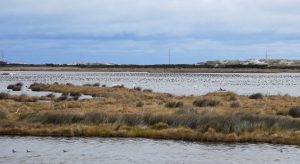
In addition to the mass tundra swan and northern pintail gatherings at the refuge, visitors can also look forward to potential sightings of snow geese, Canadian geese, and many thousands of ducks, grebes, coots, American White Pelicans, herons, egrets, and other water birds as November and December progresses.
Simply put, Pea Island is for the birds this time of year, and visitors who want an up-close encounter with the Outer Banks’ wild side won’t be disappointed.
How to Visit:
A good starting point to explore the refuge is the Pea Island National Wildlife Refuge Visitors Center, which connects with the North Pond Wildlife Trail, immediately behind the parking area.
Wildlife trails within the refuge are open year-round during daylight hours, and are fully disabled-accessible. Neither pets nor bicycles are allowed on walking trails, and more information can be found at https://www.fws.gov/refuge/pea_island/visit/visitor_activities/wildlife_trails.html.
For more information on happenings within the Pea Island National Wildlife Refuge and beyond, visit https://www.facebook.com/USFWS.NC.
